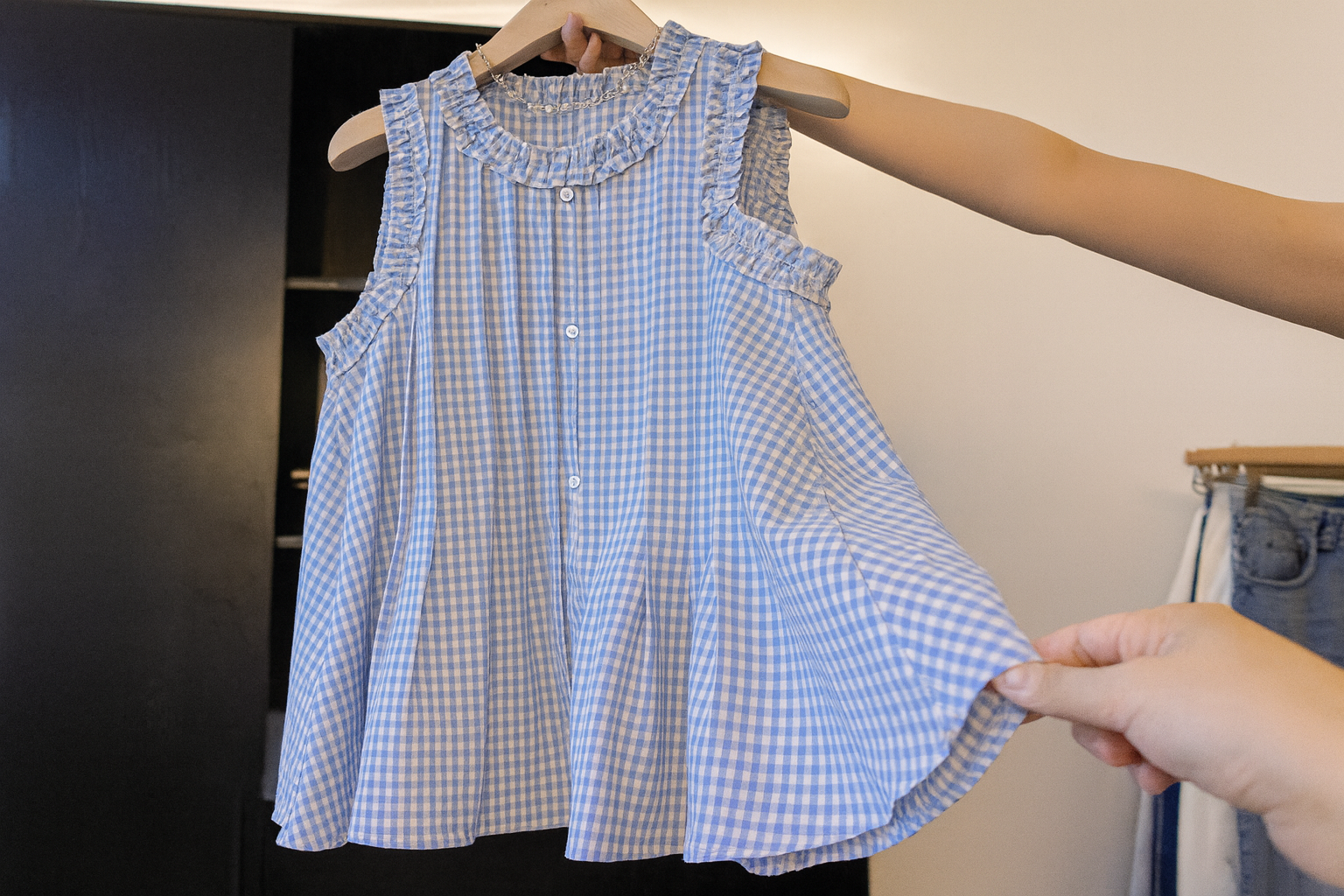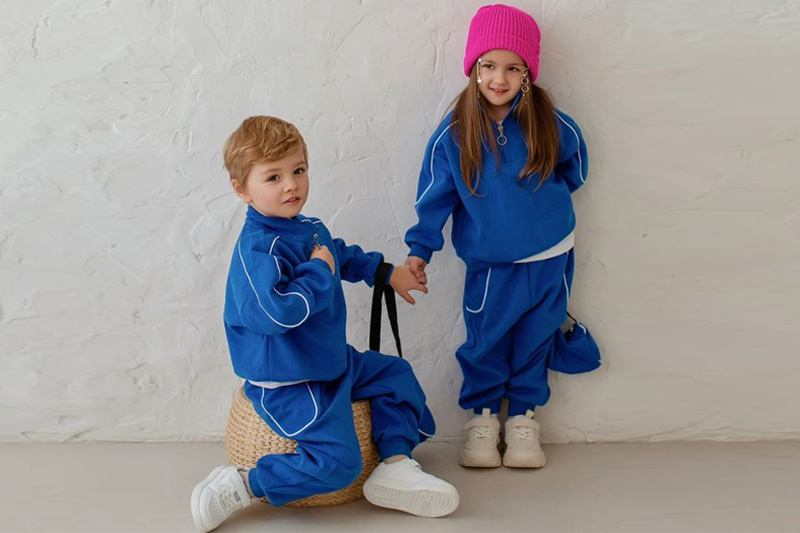Determining children’s clothing sizes is both a science and an art. As a manufacturer, you're not just sewing fabric—you’re shaping comfort and fit for growing bodies. Get sizing right, and kids move freely, parents breathe a sigh of relief, and your brand builds trust.
Children’s clothing sizes should be based on key body measurements—like chest, waist, hips, height, and weight—combined with regional standards and wear‑testing feedback to ensure accurate, comfortable fit. This multi‑factor approach helps manufacturers create consistent, reliable size charts that meet market expectations and minimize returns.
Ready to dig into the details behind smart sizing? Let’s go.
What body measurements should manufacturers use as a baseline for children’s clothing sizes?
It’s more than just height and weight—fit depends on real proportions.
Use key points like chest, waist, hip, shoulder width, arm length, inseam, and height as core measurements for designing size blocks. These help ensure garments follow natural body shapes and give space for movement and growth.
How can manufacturers gather accurate anthropometric data for different age groups?
You can’t guess growth patterns—you need real data.
Manufacturers gather accurate measurements via population studies, national sizing surveys, and in‑house scanning or manual measurement of children. Combining these sources builds a rich dataset for multiple age groups and regions.
Should sizing be based on age, height, weight, or a combination of these factors?
Relying only on age? Too general for today’s diverse kids.
Use a combination of height, weight and key circumferences—rather than age alone—to create fitting size ranges that match real body shapes. This reduces variance and gives parents clearer guidance.
How do regional or country-specific sizing standards influence manufacturing decisions?
Size isn’t universal—what fits in the US might not in Europe or Asia.
Follow regional sizing standards like ASTM (US), EN 13402 (EU), or JIS (Japan), and adapt blocks based on local stature data. This ensures your clothes meet customer expectations in each export market.
How frequently should size charts be updated to reflect changing child growth trends?
Kids are growing—and so should your charts.
Update size charts every 3–5 years using fresh anthropometric data, production feedback, and market returns to reflect changes in average body sizes and fit patterns. Staying current helps reduce returns and improve customer trust.
What role do fit models and wear testing play in developing size specifications?
Sizing data is great—but real kids are better testers.
Fit models and wear testing validate your measurements and block patterns in real life—highlighting issues like tightness, bunching, sleeve length, or inseam fit. This feedback loop ensures comfort before mass production.
How can manufacturers accommodate variations in body shapes among children?
Not all kids are built the same—even at the same height.
Use graded blocks with allowances for different body proportions, and design with stretch fabrics, adjustable features, or relaxed silhouettes to fit a wider range of shapes. Offering slim, regular, and plus cuts helps too.
Should manufacturers offer separate size charts for boys and girls?
Gender does influence fit—and visual style expectations.
Yes—separate boys’ and girls’ size charts allow for gender-based differences in body proportions (e.g. hip width, torso length), improving accuracy and comfort. Unisex sizing works too, but clarity is key.
How can manufacturers ensure consistency in sizing across different product types?
Your brand's 2T shirt should fit the way its 2T pants do.
Standardize blocks across tops, bottoms, dresses, and outerwear, using consistent grading increments and fit rules—while adjusting for garment type. Regular fit audits and sampling help maintain coherence.
What quality control measures help ensure each garment matches its intended size?
Even the best blocks fail if factories don’t follow them.
QC measures like size-checking during production runs, random sample assessments, pre-shipment fit checks, and approval samples ensure garments match the size specs. Feedback from buyers and return data closes the loop.
Conclusion
Sizing children’s clothing well means combining data, standards, real-world testing, and ongoing review. When done right, it builds trust, reduces returns, and makes kids—and parents—happy. Simple, smart, and totally worth the effort.



